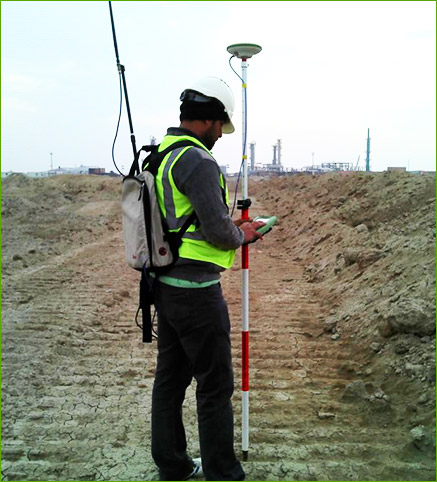Hydrogeological Services, Soil Testing and Surveys
Plantations International holistic view of water helps us address the concerns of communities and industries around the world, which face the threats of water scarcity and water stress. We respond by innovating in areas such as integrated catchment management and aquifer storage to help ensure sustainable water resources.
Plantations International understands each stage of the water cycle helps clients secure safe, reliable sources of water for farms, orchards and plantations, while minimizing impact on the environment. Our integrated skills all come into play when we assist clients to plan, design and deliver water t to meet the most unique requirements.

Soil testing and surveys, Plantations International knows that to develop optimal land use systems, sound knowledge of soil characteristics is imperative. The determination of pH values is one of the essential, and most relevant measurements made in soil. Soil pH affects many soil properties such as the availability of plant nutrients or the occurrence of toxic ions like aluminum for example. From the measurement of the soil pH the following general conclusions can be drawn. Acid sulfates may be present, the exchangeable hydrogen present. The soil maybe contains significant amounts of soluble salts, the amount of sodium (alkali soil).
In agriculture, a soil test is the analysis of a soil sample to determine nutrient and contaminated content, composition, and other characteristics such as the acidity or pH level. A soil test can determine fertility, or the expected growth potential of the soil which indicates nutrient deficiencies, potential toxicities from excessive fertility and inhibitions from the presence of non-essential trace minerals. The test is used to mimic the function of roots to assimilate minerals. The expected rate of growth is modeled by the Law of the Maximum. Plantations International recommends that a soil test contains 10-20 sample points for every 40 acres of field. As soil nutrients vary with depth and soil components change with time, the depth and timing of a sample may also affect results.
Composite sampling can be performed by combining soil from several locations prior to analysis. This is a common procedure, but should be used judiciously to avoid skewing results. This procedure must be done so that government sampling requirements are met. A reference map should be created to record the location and quantity of field samples in order to properly interpret test results.
Laboratory tests often check for plant nutrients in three categories:
- Major nutrients: nitrogen (N), phosphorus (P), and potassium (K)
- Secondary nutrients: sulfur, calcium, magnesium
- Minor nutrients: iron, manganese, copper, zinc, boron, molybdenum, chlorine.
- Soil testing is used to facilitate fertilizer composition and dosage selection for land employed in both agricultural and horticultural industries.
